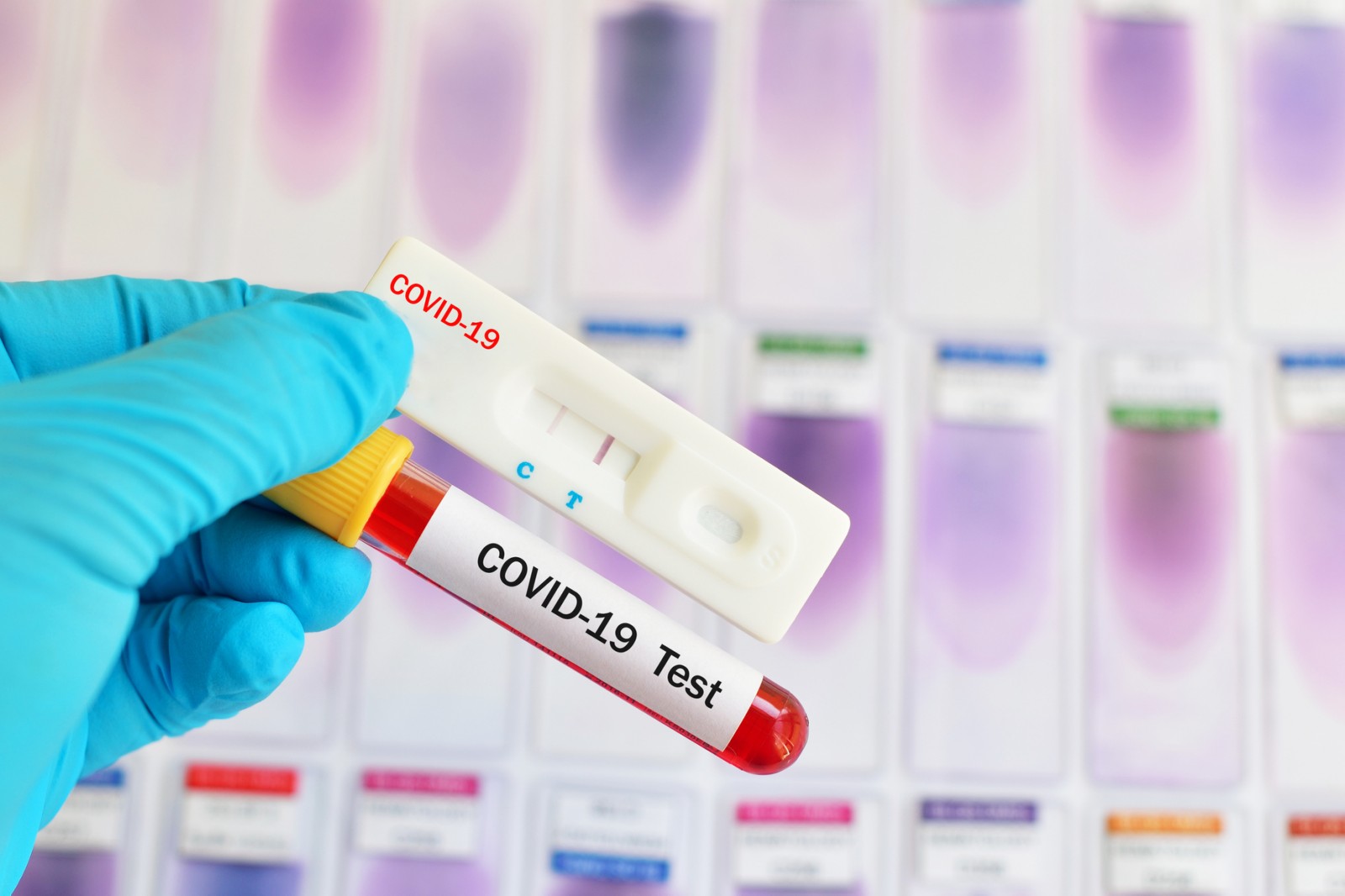
Various ways have been done to break the chain of coronavirus infections. In Indonesia, the government has conducted various methods, ranging from the implementation of ‘social distancing’ to conducting rapid tests for those who are at risk of COVID-19. So what exactly is a rapid test? Is the test valid to test someone for coronavirus? Is further testing needed?
In general, there are two types of methods that are often used for coronavirus test, Rapid Test and Polymerase Chain Reaction (PCR). Rapid test is part of an antibody test or serology test. This method is used as a test to find out whether or not there is an infection in the body. Viral infections in the body will trigger an antibody reaction that will appear one to two weeks after exposure. Rapid tests use blood samples for the testing process. Unfortunately, this method is less effective for those newly exposed to the virus, because the immune system has not released antibodies yet, so the results will be declared negative.
To get more valid results, a more accurate method is needed, namely the PCR test. Tests on the molecular and genetic scales are conducted to find out the presence of viruses in the body. Different from rapid tests that look for the body's response to a virus, PCR is performed to see whether or not there is a virus in the body. Therefore, those who tested positive during the rapid test will be tested again by the PCR method. There are several samples that can be used for PCR tests such as throat or nose swabs and saliva samples.
In terms of the length of time for the examination, a rapid test only takes 15-20 minutes. In contrast, the PCR method requires more time until the final results come out.
Text by Anggie Triana
Stock photos from Google Search Images
Source(s):
- CNN Indonesia - Ragam Uji Tes Virus Corona di Dunia, 01 April 2020.
- CNBC Indonesia - Apa itu Rapid Test dan Berapa Biaya Tes Covid-19?, 01 April 2020.
- Kompas.com - Kasus Corona Bertambah, Tes Raid PCR Bisa Lebih Dini Temukan Pasien, 01 April 2020.